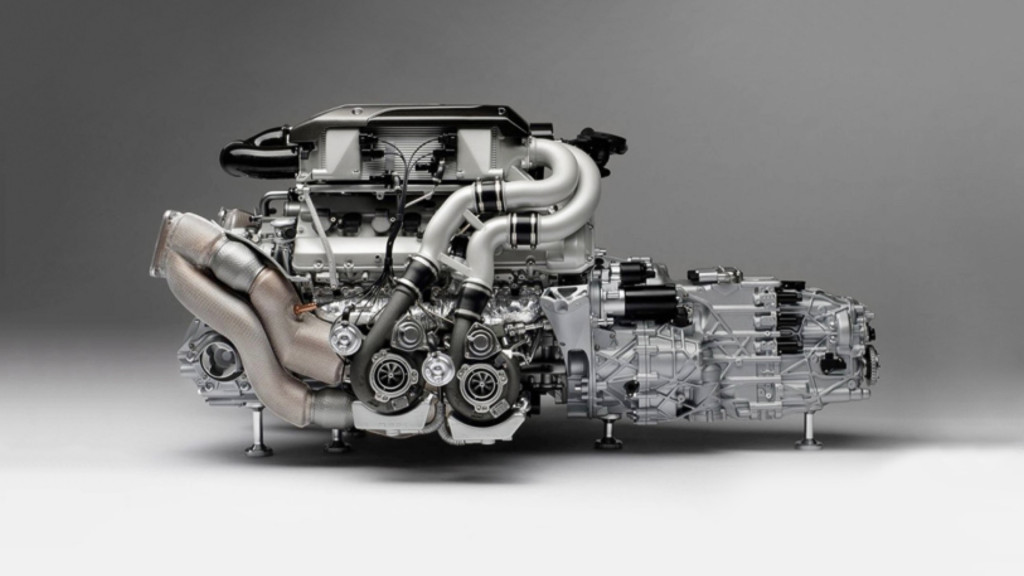It was hard to imagine any car outdoing the Bugatti Veyron, but that was exactly what Bugatti set out to do when it launched the Chiron. With production winding down, let's take a look at how the Chiron set new standards for hypercars.
Unveiled at the 2016 Geneva International Motor Show, the Chiron is named after Louis Chiron, a Monegasque racing driver who raced for Bugatti between 1926 and 1933. That followed the template of the Veyron, which was named after French racing driver Pierre Veyron.
Like the Veyron, the Chiron uses an 8.0-liter quad-turbocharged W-16. But Bugatti claims the massive engine was redesigned for the Chiron, and naturally it produces more power. Initial versions produced 1,480 hp and 1,180 lb-ft of torque, and some later Chiron variants got a power boost.

Bugatti Chiron Super Sport 300+
One of the biggest engineering challenges was cooling. The Chiron has 10 radiators, including for the engine (three in total), transmission oil and rear differential oil coolers, two water/air heat exchangers, and a hydraulic oil cooler. The latter maintains temperature for fluid flowing to 18 hydraulic cylinders, which control active aerodynamic aids, including the rear-wing air brake. The cooling system was designed to circulate 211 gallons of water per minute, while the engine gulps 2,118 cubic feet of air per minute, according to Bugatti.
The engine is housed in a carbon-fiber monocoque chassis requiring over 3,000 square feet of carbon fiber, Bugatti claims. If each of the fibers were laid end-to-end, they would stretch 2.2 million miles. That's enough to reach to the Moon and back four times.
Using that chassis and engine as a foundation, Bugatti gradually launched a family of different Chiron models and derivatives. The Chiron Sport cut some weight thanks in part to a 3D-printed titanium exhaust system, while the Chiron Pur Sport and Chiron-based Divo put more emphasis on handling. The W-16 engine and some other Chiron components will also be used in the Bugatti Bolide track car.

Bugatti Chiron production in Molsheim, France
But from the beginning, Bugatti also had an eye on the top speed record for production cars—the Veyron's signature achievement. Bugatti checked that box in August 2019, when a prototype Chiron Super Sport 300+ hit 304.773 mph at Bugatti parent Volkswagen Group's Ehra Lessien test track in Germany, becoming the first production car to break 300 mph. However, Bugatti didn't start delivering customer versions until late 2021.
At Bugatti's factory in Molsheim, France, the assembly process involves tightening 3,800 screws and applying individual layers of paint over the course of three weeks, according to Bugatti. Between assembly and quality control, it takes about six months for a car to reach a customer.
Bugatti confirmed earlier this month that the final 40 of 500 planned Chiron build slots were sold out. The final 40 cars will be Pur Sport and Super Sport models, with production extending through 2022 alongside the Chiron-based Centodieci, a special edition inspired by the Bugatti EB 110 of the 1990s.